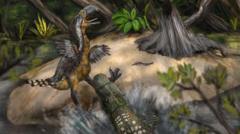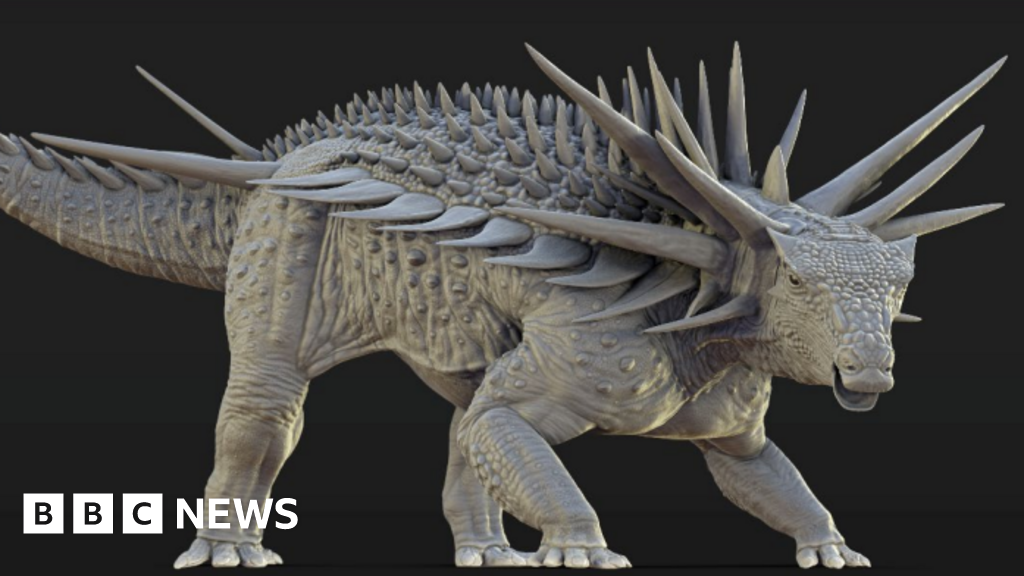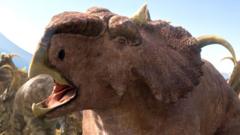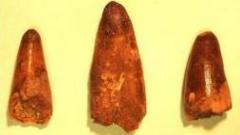Teeth impressions found on a large avian reptile known as a terror bird, dating back 13 million years ago, imply that an even larger predator, possibly a caiman, played a role in its extinction. Terror birds, formidable creatures often exceeding human height, wielded strong legs and lethal beaks; however, palaeontologists from Colombia have matched the distinctive bite marks on a fossilized leg bone to that of a crocodilian species. Through advanced 3D digital scanning techniques, researchers reconstructed a dramatic confrontation they believe ended in the terror bird’s death.
Published in the journal Biology Letters, the study explored the size and patterns of the bite marks, cross-referencing them with museum collections of ancient crocodilian skulls and teeth. This research uncovers rare evidence of the interplay between two apex predator species from that era. The bone specimen, first uncovered over fifteen years ago in Colombia's Tatacoa Desert, belonged to a bird that inhabited the swampy region at a height of approximately 2.5 meters. Its powerful anatomy was adept for subduing prey, yet it's unclear whether the terror bird was killed outright or scavenged post-mortem by the caiman.
Lead researcher Dr. Andres Link from the Universidad de Los Andes explains the poignant lack of healing found in the bite marks, inferring that if the bird wasn’t already deceased, it would have succumbed during the vicious encounter. Interestingly, the Tatacoa Desert represents a robust fossil repository from the Middle Miocene, an epoch characterized by lush swamplands that aided in the preservation of ancient bones. The fieldwork collaboration with local fossil collector César Augusto Perdomo proved pivotal in identifying this exceptional specimen as a terror bird, highlighting its rarity.
Further analysis linked the bite marks to the extinct caiman species Purussaurus neivensis, believed to have been up to five meters long and capable of ambushing its prey, akin to contemporary crocodilian behaviors. Dr. Link notes this astounding find not only enhances comprehension of predator dynamics during ancient ecosystems but also reveals that even formidable terror birds were at risk from other predators, transforming previous assumptions about their vulnerability. In his reflections, Dr. Link expresses a profound appreciation for how singular fossilized remnants can illuminate expansive narratives about our planet's past ecosystems.











